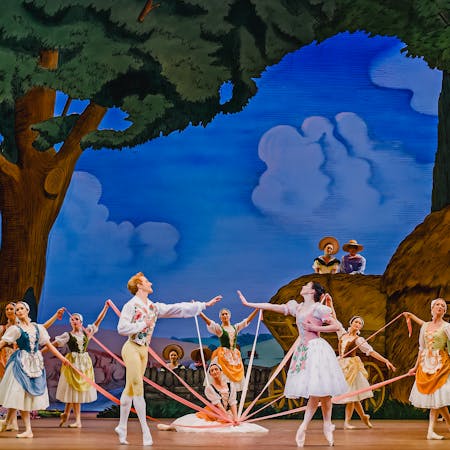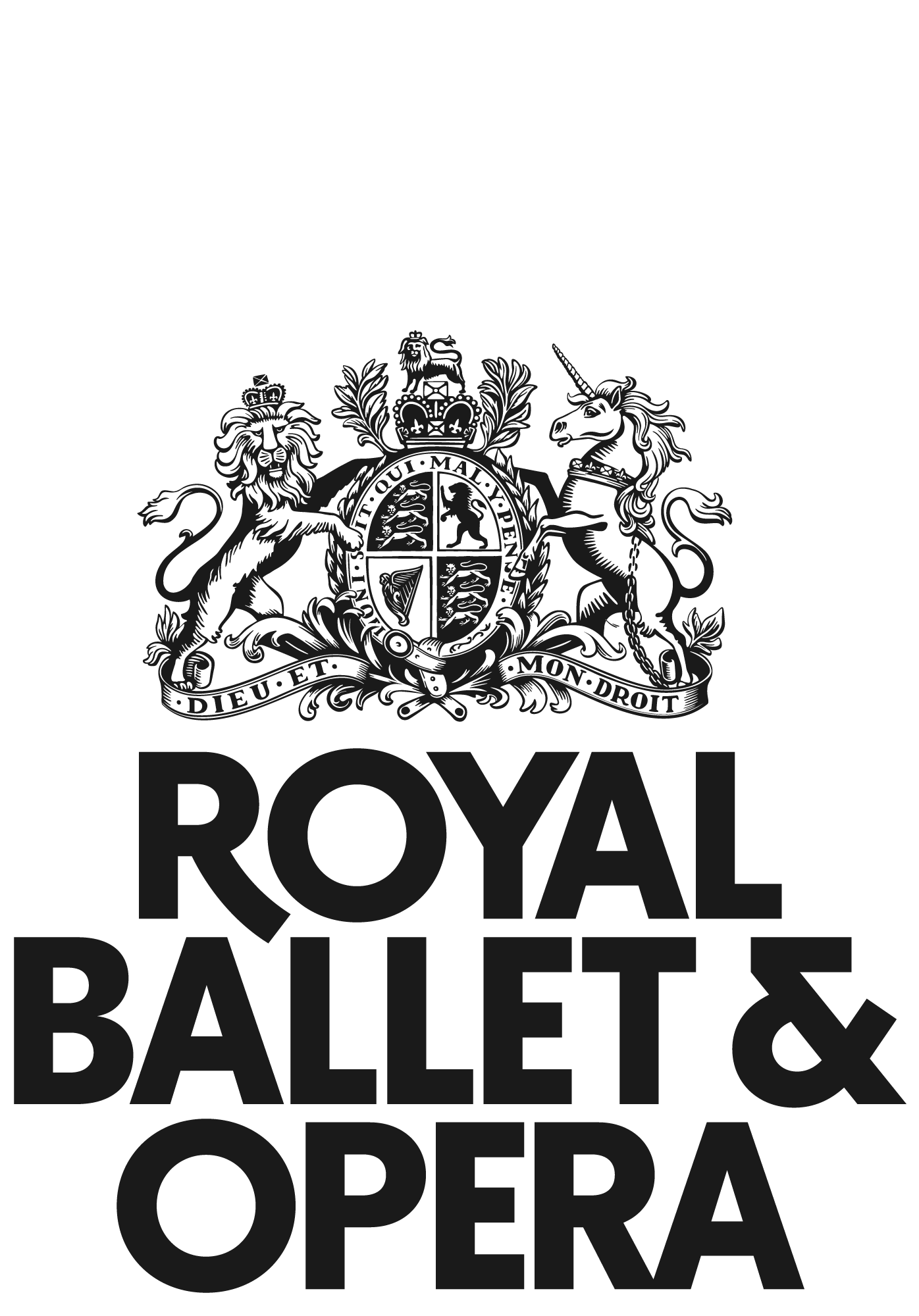La Fille mal gardée
La Fille mal gardée
La Fille mal gardée
A ballet of pure sunshine.

Escape to the countryside with Frederick Ashton’s ballet about a capricious girl who hopes to marry her love. Brimming with humour and choreographic invention, La Fille mal gardée is the perfect ballet for all the family.
Escape to the countryside with Frederick Ashton’s ballet about a capricious girl who hopes to marry her love. Brimming with humour and choreographic invention, La Fille mal gardée is the perfect ballet for all the family.
Royal Ballet and Opera Principal Julia Rausing Trust
Sir Lloyd and Lady Dorfman OBE, Charles Holloway OBE, The Jean Sainsbury Royal Opera House Fund, Doug and Ceri King, The Thompson Family Charitable Trust, Lindsay and Sarah Tomlinson, The La Fille Mal Gardée Production Syndicate and Royal Ballet and Opera Friends
Aud Jebsen
the Frederick Ashton Foundation’s international festival 2024-28

The Wayward Daughter

Lise is the only daughter of Widow Simone, the owner of a prosperous farm. She is in love with the young farmer Colas, but her mother has higher ambitions for her, hoping to marry her off to Alain, the son of the wealthy proprietor Thomas. Desperate to marry Colas rather than Alain, Lise contrives to outwit her mother’s plans.
Background
A love letter to the English countryside
When La Fille mal gardée premiered in Covent Garden on 28 January 1960, it instantly won all hearts. Inspired by Jean Dauberval’s French ballet, Ashton’s version combines exuberant good humour and an affectionate portrayal of village life. The Royal Ballet’s Founder Choreographer, Ashton hoped to capture the ‘leafy pastoral of perpetual sunshine...the suspended stillness of a Constable landscape of my beloved Suffolk, luminous and calm’. Osbert Lancaster’s colourful designs bring the charm of the countryside to life.
Ashton’s choreographic brilliance
Testament to Ashton’s boundless creative invention, the ballet is constructed like a brilliantly complex piece of clockwork with technically demanding choreography that stretches the world’s best dancers. Ashton made full use of the technical talents of his original cast – Nadia Nerina and David Blair – and this is reflected in the virtuosity of much of the ballet’s choreography: multiple pirouettes, grand lifts and fleet footwork. Highlights include the pas de ruban (ribbon dance), where Lise and Colas dance together, their bodies intertwined by a ribbon – a symbol of their tender love. In order to evoke the bliss of the rustic countryside, Ashton also included elements of national folk dance – from maypole dancing to a Lancashire clog dance for Widow Simone.
Cast and Creatives
Cast
The cast of this production may vary depending on performance date. Go to cast and dates to see these.
Creatives
Reviews

Access
There is lift access and step-free routes to over 100 seats in the Stalls Circle, Balcony and Amphitheatre. There are 10 steps or fewer to some seats in the Stalls Circle, Balcony, Amphitheatre and the Donald Gordon Grand Tier. All seats in the Orchestra stalls are accessed by 9 steps or more. A handheld bell is rung by Front of House staff to signal guests to take their seats before a performance. The bell is loud and can be startling. The bell is rung approximately ten minutes before the show starts and at each interval.
We have an assistive listening system available to use.
Upcoming accessible performances:
There will be an Audio Described performance with a Touch Tour on 18 October and 5 November 2025. Touch Tours must be booked by contacting boxoffice@roh.org.uk for tickets.
There will be a Captioned performance on 11 November 2025.
Join our Access Scheme for priority access performance tickets and to personalise your account for your access requirements.
See our Accessibility page for more information on access at the Royal Opera House.

Pointe Shoe Appeal
Every season, The Royal Ballet dance through more than 6,000 pairs of pointe shoes—but that’s just the starts of what our dancers wear throughout the year.
With shoes in every style and colour, our footwear team works year-round to ensure that every dancer has the perfect fit, allowing them to step confidently onto the stage night after night. Help them perform to the best of their ability by making a donation to our Pointe Shoe Appeal.
For people, not profit. Making world class ballet and opera for everyone.
Royal Opera House Covent Garden Foundation, a charitable company limited by guarantee incorporated in England and Wales (Company number 480523) Charity Registered (Number 211775)
